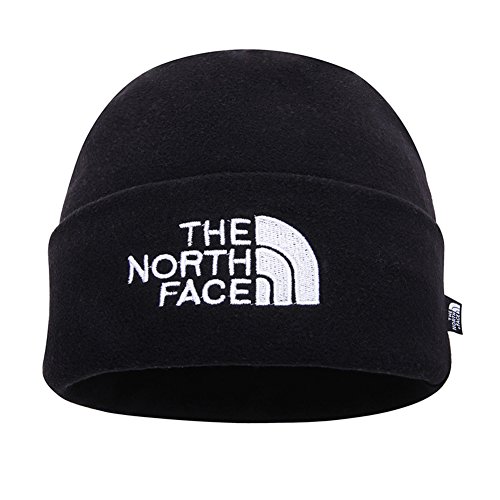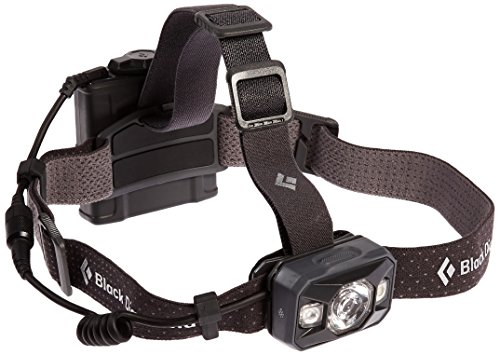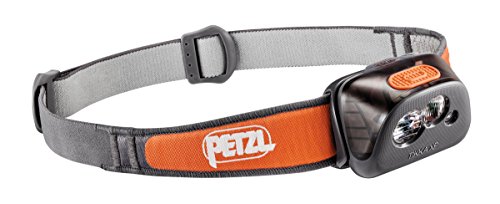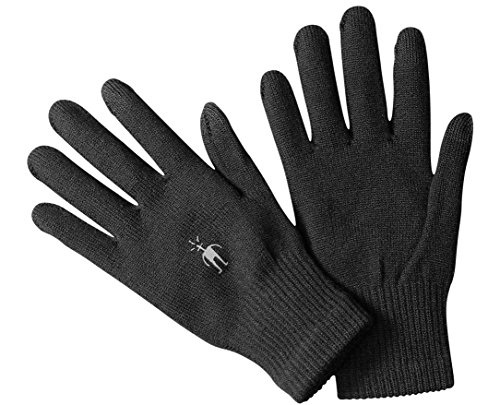Antarctica Headgear and Gloves

Your hands and head are both extremely important in keeping you warm, therefore, getting the right clothing for your Antarctica trip is vital.
There are three highly recommended headgear accessories that you should take on your Antarctica trip.
These are warm headwear, headlamps and sunglasses. You’ll also want a warm pair of gloves to keep your hands well insulated as your hands are generally the first thing to freeze in cold conditions.
Below we have provided detailed descriptions for each item and given you our personal recommendations for each.
Antarctica Headgear
Beanies and Headbands

Research suggests that up to 20% of your body heat is lost through your head. It is therefore super important to keep your head warm and away from the cold weather.
Many fleeces and jackets these days come with in-built hoods which is great in wet conditions and ideal for keeping wind from hitting your neck. However, on those dryer days, a beanie or headband is often a better idea as it doesn’t restrict head movement or sight – ideal for wildlife watching.
A great Antarctica headwear option is the North Face polar Beanie, however, there are loads of good ones including Helly hansen beanies and Mountain hardwear.
If, like some, you find beanies slightly irritating to the skin, then a headband is probably your best option, although this will allow more heat to escape than a traditional beanie. A standard North Face headband will do the trick. Another great option is a synthetic balaclava as it shields the face from wind and can also be wrapped up to form a hat! Combine a balaclava with a hood and your basically ready to deal with anything the weather throws at you. Rothco synthetic balaclavas are cheap and brilliant.
Headlamps

A headlamp is a great option for photographing wildlife at night.
Although you won’t be going ashore during the dark hours, you never know what you may spot from your boat! And if you do spot anything, you may want your hands free to photograph it.
Key characteristics to look for in a good headlamp are:
Brightness quality: The higher the brightness the better essentially. The only issue with this is that stronger lights will inevitably use battery power faster. The ideal brightness is at least Ideally a max beam distance of more than 70 meters and a light output of more than 100 lumens.
Battery life: The longer the better obviously. because of light output, this may mean your headlamp will need to be able to hold several batteries. Running on max beam, your headlamp should last at least 30 hours.
Weight: As the headlamp will be on your head, the lighter the better. We suggest purchasing a headlamp lighter than 230 grams.
Here are our recommendations:

The Black Diamond Icon is on the heavier side – 230 grams. It is also one of the most expensive on the market. So why are we suggesting it? well, the light output is incredible – 200 lumens! That’s 100 more lumens than the next best headlamp! The max distance is also good with an impressive 100 metres. Battery life is also a mind-boggling 80 hours! The Black Diamond Icon really is the market leader in headlamps and, if you can afford it, then get it. (cost roughly $70/£40).
If you like Black Diamond but don’t want to spend a lot, the Black Diamond Spot headlampis a great alternative. 70 meter beam, 90 lumens output, 50 hours battery life and is feather-light at 93 grams!

Cheaper than Black Diamond, but still good are Petzl Headlamps. Petzl make brilliant headlamps for the price and many of their products would be worth looking at, but the one that sticks out is the Petzl Tikka XP. This particular model retails at around $40/£25 and has great battery life (80 hours) with a pretty good max beam distance of 60 meters. It is also super light at just 88 grams.
Sunglasses

The light at high latitudes (and altitudes) is usually very bright and quite dazzling, especially when you consider the pure white reflection off snow and ice, hitting you with a wave of ultra violet rays that is often quite difficult to appreciate fully. Don’t be fooled by the temperature, it is common to get sunburn on a cloudy day and it is also possible to get snow-blindness if you do not protect your eyes properly.
Some people will recommend full snow goggles instead of sunglasses as these protect your eyes a little better. However, goggles are needed on a standard Antarctica cruise, you would be far better with some polar sunglasses as these are far less cumbersome.
The undisputed leader in polar sunglasses are Julbo.
Julbo lenses all provide 100% protection from UVA, B and C rays. In fact, their category four rating lenses block up to 90% of visible light, making them ideal for Antarctica. Julbo sunglasses below category 4 are fine for everyday use, however, you’ll need category 4 for your Antarctica trips as the UV intensity of the snow will be intense.
The Julbo’s lens we recommend is the ‘Camel’ which is a transition lens, making it incredibly versatile. It will get darker and lighter depending on the light intensity – it ranges from category 2 to category 4.

In terms of glasses we recommend the Julbo Montebianco for men and the Julbo Monterosa for women. These lenses are the most versatile in Julbo’s range and have are designed in such a way that they wouldn’t look out-of-place in any environment.
The Julbo Explorer is a slightly more technical sunglass but that provides a great alternative to the Montebianco or Monterosa, however, the Explorer range may look slightly out of place in towns or cities! The great thing about the Explorer range though is that they provide a very secure fit with wrap shells for that extra protection (think mini goggles almost).
Gloves

Gloves are essential piece of clothing for your Antarctica trip. The cold conditions will obviously make your hands cold and, unless you want to wander around with your hands tied up in your pockets, you’ll want a good pair of warm gloves. You’ll most likely be traveling in the summer months near the peninsula in which case you’ll only need a medium weight pair of gloves.
If you feel the cold more than others then we would suggest getting heavy weight gloves, or a better option would be wearing a thin liner glove with a medium weight glove or mitten above that.
If you’re in the Antarctic as a tourist, then you’ll probably be spending a fair amount of time taking photographs. Therefore, getting good quality gloves is key as these will allow for far more dexterity and warmth. Cheap gloves wont have the same movement or insulation.
Antarctica Inner Gloves

In terms of inner gloves, you want a good quality pair with excellent dexterity and good wicking properties (allows moisture to pass through it). Synthetic, wool are good options. Avoid cotton inner gloves as these will restrict moisture flow. Your inner gloves should have a very comfortable lining and be lightweight. We recommend the Arc’teryx Gothic Glove.
Antarctica Outer Glove

We cannot stress enough the importance of having good quality outer gloves. Cold hands can be very frustrating, debilitating and painful. A top quality outer gloves will provide excellent warmth, great waterproofing abilities and offer good dexterity. The ideal glove will be comfortable, warm, waterproof and durable.
Based on these factors we highly recommend the following gloves: Black Diamond Guide Gloves, Outdoor Research Southback Gloves or, for a more affordable but still excellent option, the Dakine Scout.
Antarctica Gear List Continued
Antarctica Clothing – Overview on all Antarctica clothing recommendations, including layered clothing suggestions.
Antarctica Footwear – From polar boots to socks.
Bags and Daypacks – From your Antarctica trip bag to your general day-pack.
Other important accessories – Useful Antarctica trip accessories
FAQ
If you would like to know more about headgear for your Antarctica trip please leave a comment below and we will endeavor to get back to you within 24 hours! Alternatively, please see our FAQ page here. If you would like to get a cruise quote, please use this form.
Thank you - AntarcticaGuide Team
Tags: Antarctica headgear, Antarctica beanie, Antarctica hat, Antarctica head torch, Antarctica gloves, Antarctica sunglasses, Antarctica headband

Monica Thiel says
6 years ago
Burnham Arlidge says
6 years ago
Corey says
4 years ago
What’s the best gloves that are rated between -50° in -40°
ed o’connor says
1 year ago
So Gloves are better than mittens in keeping fingers warm?
Burnham says
1 year ago